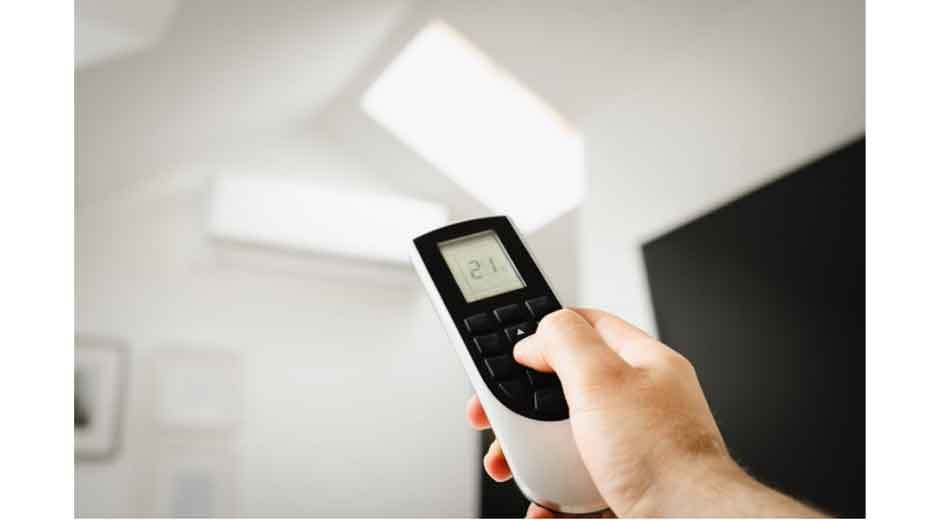Have you ever felt your HVAC system working harder than usual, only to wonder if it might quit right when you need it most? With rising utility costs and hotter summers stretching systems to their limits, keeping your unit running longer is becoming more than just good practice—it’s essential.
Why Regular Maintenance Matters More Than Ever
HVAC systems are pushed harder now than they were even a decade ago. Climate extremes have become the norm, with record heat waves in multiple states and colder-than-expected winters in others. These conditions force heating and cooling systems to operate for longer stretches, which means more wear on parts and greater risk of failure. Ignoring maintenance in this climate doesn’t just shorten the lifespan of your system; it also leads to soaring energy costs because the equipment must work harder to keep temperatures steady.
Professional inspections help prevent these problems before they spiral. Technicians don’t just clean filters or adjust settings—they check for deeper issues, like air leaks, electrical irregularities, or refrigerant problems that may not show obvious symptoms until they’ve caused damage. Homeowners trying to manage these tasks themselves often miss early signs of trouble, and a missed warning can turn a simple repair into a full replacement far sooner than expected.
When refrigerant issues arise, for instance, many people only notice a drop in efficiency or unusual sounds but don’t realize the danger of a heat pump refrigerant leak. Left unresolved, this can damage the compressor, one of the most expensive parts to replace, and even pose environmental and safety risks if not handled correctly. Addressing problems like this requires proper tools and licensing, which is why bringing in professionals isn’t just safer but also cheaper in the long run. Routine servicing also ensures the system is operating at its peak, saving energy and extending the life of major components.
How Professional Care Outperforms DIY Efforts
While swapping filters or keeping outdoor units free from debris are tasks most homeowners can handle, true system care goes far deeper. Professionals test airflow levels, calibrate thermostats, and assess whether components like capacitors and motors are operating within safe ranges. These checks aren’t guesswork; they rely on diagnostic tools that provide measurements far beyond what can be spotted by eye.
Technicians can also identify efficiency problems before they escalate. For instance, ductwork leaks or partially blocked coils can force a system to run longer than necessary, adding strain and wasting money. Homeowners often don’t recognize these problems until comfort drops or bills climb, but by that point, damage may already be occurring inside the system. Regular professional maintenance allows for minor repairs before they become major, which is the simplest way to keep your HVAC running smoothly for years longer than average.
Even in cases where a system is still under warranty, professional maintenance matters. Many warranties require proof of servicing from licensed providers. Skipping these visits or attempting to make repairs yourself can void coverage, leaving you responsible for any major repairs. With replacement costs for central systems climbing alongside inflation, those visits quickly pay for themselves in avoided expenses.
How Broader Trends Are Affecting System Longevity
The technology inside HVAC systems continues to evolve, adding complexity that makes DIY repairs increasingly impractical. Modern systems use smart thermostats, variable-speed motors, and sensors tied into digital interfaces that require specialized training to adjust or repair. Trying to fix a component without understanding its software or calibration process often leads to more harm than good.
At the same time, energy efficiency standards are rising nationwide. Homeowners are encouraged through tax credits and utility incentives to upgrade or maintain systems to meet specific efficiency ratings. Many of these programs require proof of professional maintenance to remain eligible. Skipping that to cut costs can mean missing out on financial benefits while risking system performance over time.
The demand for technicians has also grown because of these changes. With systems becoming more complex and extreme weather driving more wear, licensed professionals are in higher demand. Booking regular service outside of peak summer and winter months can help ensure your unit receives attention before breakdowns are likely to happen, avoiding emergency calls that tend to cost significantly more.
Steps Homeowners Can Take to Help Their HVAC Last
Although major care belongs in professional hands, there are practical steps homeowners can take to help their systems last longer. Changing filters every one to three months, depending on usage, prevents airflow restrictions that strain motors and compressors. Keeping the outdoor unit clear of weeds, grass, and debris also helps maintain proper airflow. Ensuring vents inside the home remain unobstructed by furniture or curtains prevents the system from overworking to distribute air.
Tracking system performance can also help spot early problems. If you notice longer run times, uneven heating or cooling, or new noises, schedule a checkup rather than waiting for the system to fail. Documenting these details can help technicians pinpoint issues faster, leading to quicker and often cheaper fixes.
Scheduling preventive maintenance twice a year—once before cooling season and once before heating season—remains the most important step. These visits typically include cleaning coils, testing controls, tightening connections, and checking refrigerant levels, all of which directly affect both efficiency and longevity.
Ultimately, keeping an HVAC system running for as many years as possible requires a combination of basic homeowner upkeep and professional expertise. Trying to bypass the latter rarely saves money, especially as technology and environmental regulations add layers of complexity. A unit that’s properly maintained will run more efficiently, break down less often, and keep utility bills lower even as energy costs continue to climb. The result isn’t just a system that lasts longer—it’s a home that stays comfortable without draining your wallet year after year.






